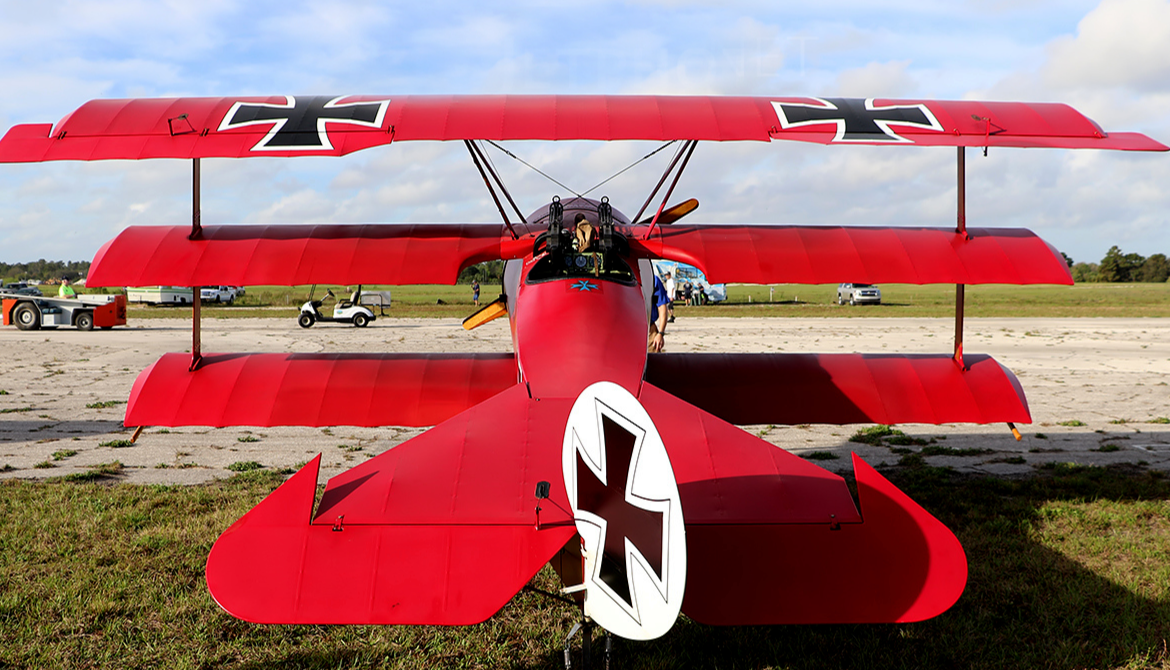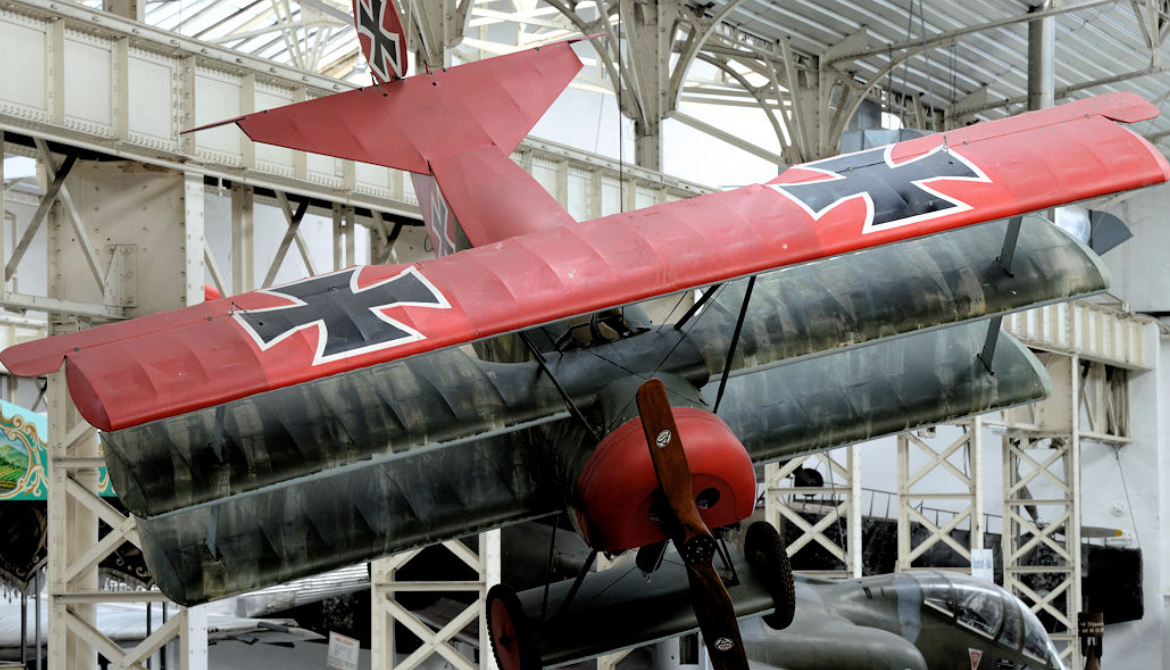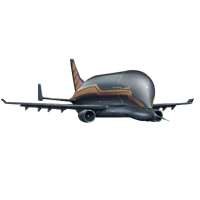Fokker Dr.I
Dreidecker, "triplane"
 |
|
| Fokker Dr.I | |
| Role | Fighter |
|---|---|
| Manufacturer | Fokker-Flugzeugwerke |
| Designer | Reinhold Platz |
| First flight | July 5, 1917 |
| Primary user |
|
| Number built | 320 |
| Developed from | Fokker V.4 Fokker F.I |
| Variants | Fokker V.7 |
.
History Fokker-Flugzeugwerke
Fokker Dr.I (Dreidecker, "triplane"
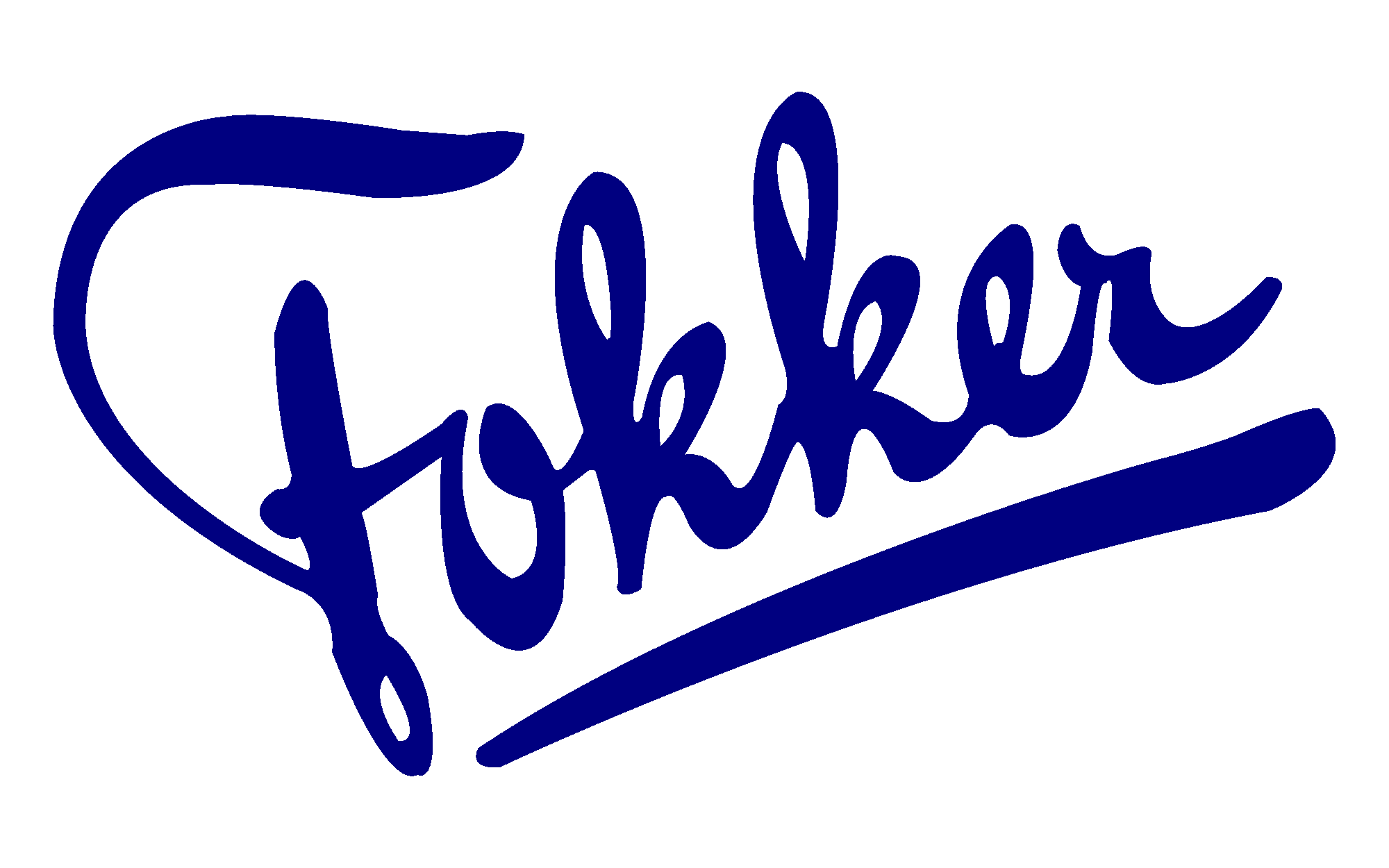
The Fokker Dr.I (Dreidecker, "triplane" in German), often known simply as the Fokker Triplane, was a World War I fighter aircraft built by Fokker-Flugzeugwerke. The Dr.I saw widespread service in the spring of 1918. It became famous as the aircraft in which Manfred von Richthofen gained his last 17 victories (plus two earlier ones in the Fokker F.I prototype in September 1917), and in which he was killed on 21 April 1918.
In February 1917, the Sopwith Triplane began to appear over the Western Front. Despite its single Vickers machine gun armament, the Sopwith swiftly proved itself superior to the more heavily armed Albatros fighters then in use by the Luftstreitkräfte. In April 1917, Anthony Fokker viewed a captured Sopwith Triplane while visiting Jasta 11.
Replica and reproduction aircraft


Large numbers of replica and reproduction aircraft have been built for both individuals and museums. Bitz Flugzeugbau GmbH built two Dr.I replicas, serial numbers 001 and 002, for use in Twentieth Century Fox’s 1966 film The Blue Max. Replica 001 EI-APW is the oldest surviving example of the Dr.1. Because of the expense and scarcity of authentic rotary engines, most airworthy replicas are powered by a Warner Scarab or Continental R-670 radial engine. A few, however, feature vintage Le Rhône 9J or reproduction Oberursel Ur.II rotary engines.
0
KmCeiling
0
KmCombat RANGE
0
Km/hAircraft Speed
0
Max Crew
Photo Gallery
Fokker-Flugzeugwerke
Fokker Dr.I (Dreidecker, "triplane"
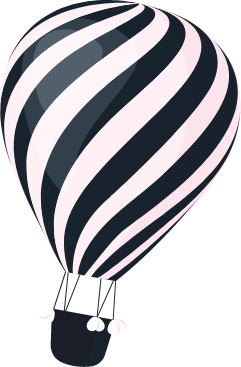
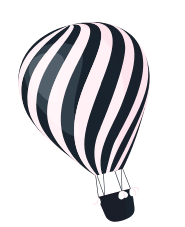
Fokker-Flugzeugwerke
Fokker Dr.I (Dreidecker, "triplane")
General Info
-
-
- Crew: 1
- Length: 5.77 m (18 ft 11 in)
- Upper wingspan: 7.19 m (23 ft 7 in)
- Height: 2.95 m (9 ft 8 in)
- Wing area: 18.7 m2 (201 sq ft)
-
Powerplant
-
-
- Empty weight: 406 kg (895 lb)
- Gross weight: 586 kg (1,291 lb)
- Powerplant: 1 × Oberursel Ur.II 9-cylinder air-cooled rotary piston engine, 82 kW (110 hp)
- Propellers: 2-bladed fixed-pitch wooden propeller
-
Performance
- Maximum speed: 180 km/h at 2600m
- Stall speed: 72 km/h (45 mph,
- Range: 300 km (190 mi, 160 nmi)
- Service ceiling: 6,100 m
- Rate of climb: 5.7 m/s
- Lift-to-drag: 8:1
Related development
-
- Guns: 2 × 7.92 mm (0.312 in) Maschinengewehr 08 "Spandau" machine guns
Aircraft of comparable role, configuration, and era
.
Links to Youtube & Others
Three triplanes are known to have survived the Armistice. Serial 528/17 was retained as a testbed by the Deutschen Versuchsanstalt für Luftfahrt (German Aviation Research Institute) at Adlershof.
Fokker-Flugzeugwerke
Fokker Dr.I Dreidecker
The triplane's chronic structural problems destroyed any prospect of large-scale orders.
Youtube Link
The first two pre-production triplanes were designated F.I, in accord with Idflieg's early class prefix for triplanes.



